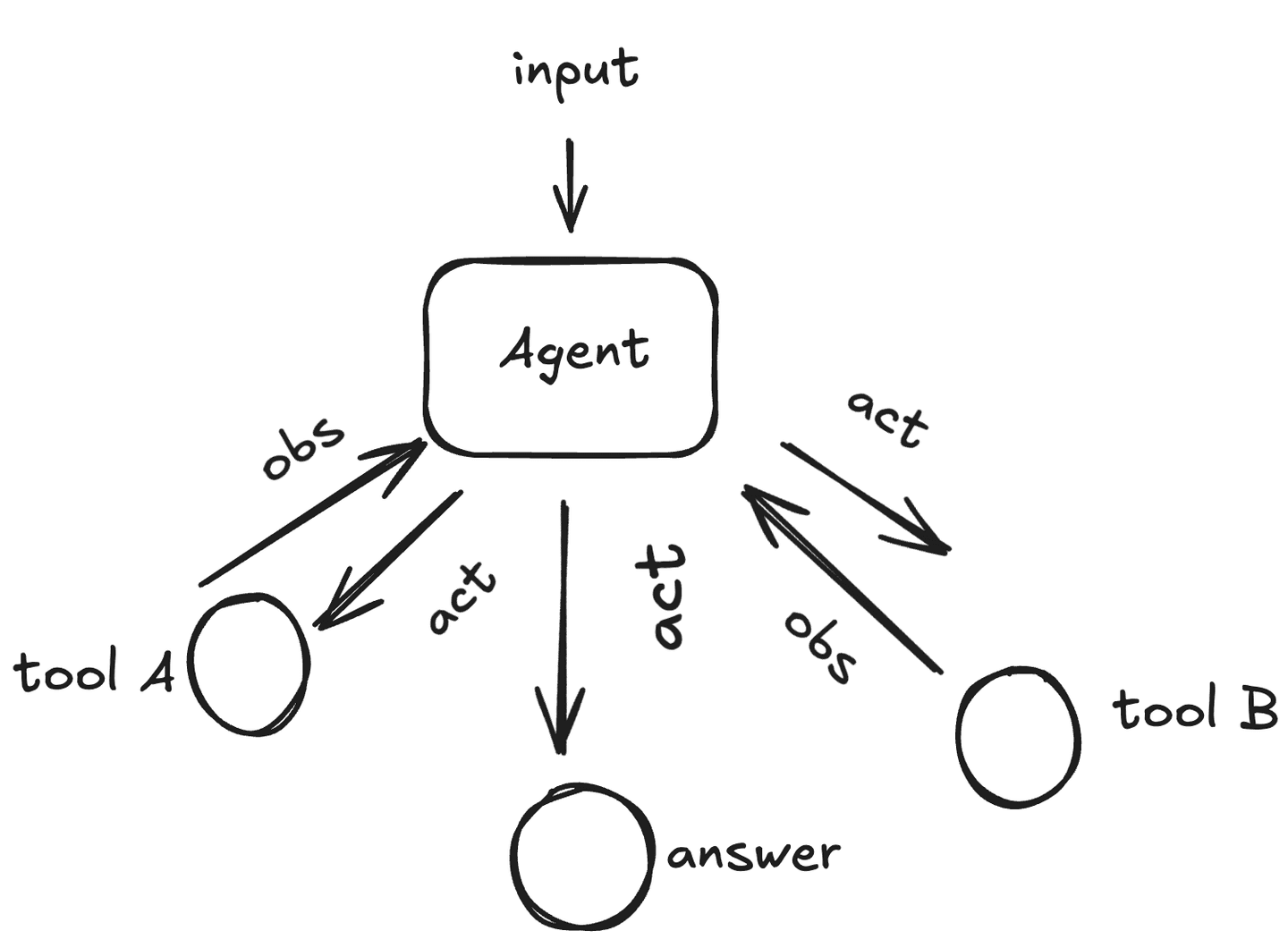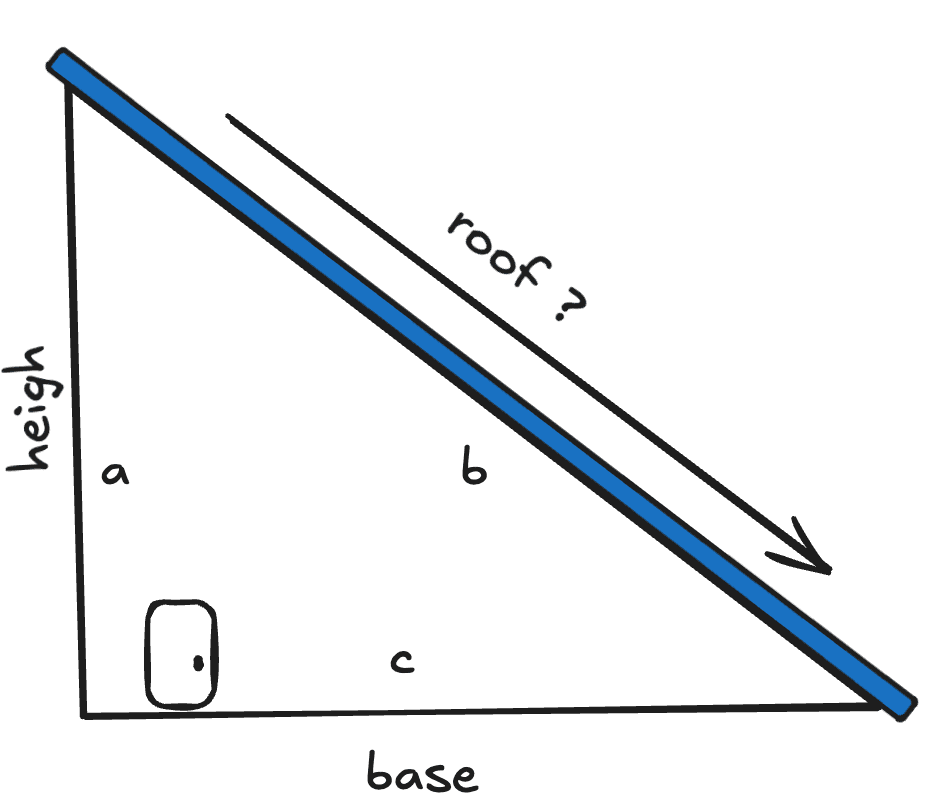Designing Agentic Systems: From Simple Tasks to Intelligent Workflows.
Introduction
In a context where companies are seeking to automate repetitive tasks, reduce human error, and increase process precision, natural language-based agents are emerging as a strategic solution.
These systems—capable of understanding instructions, invoking tools, and making decisions—are no longer the exclusive domain of major AI labs. Today, they can be applied in practical and scalable ways across businesses.
This post is not a technical manual. It’s designed as a practical introduction—for non-technical teams—who want to understand how agents can be applied to real tasks.
What Is an Intelligent Agent?
An agent is a system that can receive a natural language instruction, understand what needs to be done, and execute one or more actions to produce a useful response. It functions like a virtual assistant that—rather than responding with text alone —can interact with tools, access data, perform calculations, or follow business rules.
An agent becomes truly useful when integrated into specific workflows. For instance, it can assist in scheduling staff shifts based on weekly workloads, or automatically analyze inspection reports to detect patterns of noncompliance or anomalies. It might also review technical documents for common errors or check whether upcoming weather conditions might impact a construction schedule.

Tools: The Agent’s Skillset
Agents operate through tools, which can be thought of as specific functions or capabilities the agent has at its disposal.
In the context of a construction company, useful tools might include:
Automatic calculation of sloped lengths from basic dimensions (e.g., for rooftops).
Structural verification: determining whether a slab can support a certain load.
Validation against local building codes.
Estimation of materials and costs.
The agent doesn’t need to know how to perform these tasks from scratch—it simply learns how to “invoke” the right tool at the right time. The intelligence lies in knowing when and how to use each tool, based on the user’s query.
Practical Examples: Automatic Calculation
A construction company needs to quickly calculate the length of a sloped roof. Instead of doing it manually or searching for a calculator, an agent can do it instantly: the user inputs base and height, and the system responds with the computed value.
This kind of automation saves time, reduces errors, and enables delegation of basic tasks to the system.

Practical Examples: Verifying Maximum Load on a Slab
Here, the agent helps validate whether a concrete slab can support the weight of a specific piece of machinery. The user simply provides the total weight, and the agent compares it against structural parameters defined by the engineering team.
If the weight exceeds the limit, the agent not only flags it but also suggests corrective actions, such as reinforcing the slab, redistributing the load, or consulting a structural engineer.
This type of solution is especially useful on-site, where quick decisions must be grounded in solid technical criteria.
From Isolated Tasks to Complex Workflows: Intelligent Flows
In many cases, company processes cannot be resolved with a single action. They require a sequence of steps, intermediate decisions, and validations . For these more complex scenarios, we use structured workflows represented as decision graphs, where each step follows a clearly defined logic.
At AlamedaDev, we use technologies like LangGraph and custom-built tools that allow us to model these workflows as directed graphs, where each node represents an action (e.g., verify, calculate, query), and the transitions between nodes depend on the outcome of each step.
Este enfoque se basa en fundamentos de la teoría de grafos, ampliamente utilizada en disciplinas como redes, logística y optimización. Aplicado al desarrollo de agentes:
Represents a stage in the process—it could be a tool, a query to a language model, a technical check, or a rule-based decision.
Defines the next step, depending on the input data or results obtained.
Describes how the agent behaves in different scenarios, allowing for the customization of complex workflows without manually writing conditional logic.
The Role of the Orchestrator
A key component of this architecture is the orchestrator, which acts as the system controller: it doesn’t execute tasks directly, but instead decides which node to activate next, based on the current process state. It coordinates the agent’s path through the graph, evaluates conditions, maintains context, and ensures smooth execution.
This enables the construction of agents that reason step by step, handle logical branches, and respond differently depending on the data they receive.
Real example: Delivery Monitoring Agent in a Construction Materials Company.
Imagine a company that delivers heavy materials (cement, steel, insulation, prefabs) to construction sites in different cities. One of its biggest operational challenges is ensuring that each delivery arrives on time, in good condition, and with proper documentation.
To address this, the company deployed an intelligent logistics monitoring agent that acts as a virtual supervisor—with real decision-making capabilities.
What tasks does this agent perform?
Checks the order status in the system (Has it been loaded? Has it left? Is it en route?).
Queries the truck’s GPS location in real time.
Cross-references with weather forecasts to detect delays due to rain, road closures, or traffic.
Verifies that the driver completed the safety checklist before departure.
Sends proactive alerts if there are deviations from the plan (e.g., more than 15 minutes late).
Automatically generates a customer report with status updates, ETA, and relevant notes.

Each step in this workflow is defined as a node in an intelligent graph. The agent follows these nodes dynamically:
If the truck hasn’t left → wait.
If bad weather is forecast → adjust the ETA.
If the route changes → check alternatives.
If everything is in order → proceed to delivery closure.
The orchestrator decides what to do at each moment, which data sources to consult, and when to escalate to a human (e.g., in case of anomalies the agent can’t resolve autonomously).
Why Is This Agent Useful?
Reduces logistics team response time.
Improves customer experience with proactive, clear updates.
Decreases coordination errors across systems.
Increases traceability, as the entire process is logged.
This kind of agent doesn’t just answer isolated questions like a chatbot. It acts on real systems, makes decisions, and automates processes that previously required several people checking emails, calls, GPS data, weather reports, and ERP systems.
How Can Companies Implement Agent (or Agentic) Systems?
Once the agent has been designed and tested, the next step is integrating it into the company’s operational environment. This is where the agent ceases to be an isolated prototype and becomes an active part of the daily workflow.
In our experience, this is where the greatest value is generated, but also where key technical decisions must be made.
This means the agent:
Accesses real company data: orders, users, sensors, blueprints, reports.
Can perform real actions: update statuses, generate documents, send alerts.
Communicates with people or systems.
What Systems Can an Agent Connect To?
Internal or external APIs (e.g., to check orders, weather, inventory).
Databases (SQL, NoSQL, or vector stores like Weaviate or Pinecone).
ERP, CRM, or BIM systems used on-site or in the office.
Sensors or IoT devices to gather environmental data (temperature, weight, position).
User interfaces: internal chats, web dashboards, mobile or tablet assistants.
Handling Private Data and Regulatory Compliance
When integratinIg an intelligent agent into real systems, one of the most sensitive aspects is the handling of private or confidential data. This might include employee records, technical documentation, blueprints, contracts, financial records, and more.
To comply with legal frameworks and protect information, a structured, well-defined procedure must be followed
1 - Data Type Assessment, before deployment, it’s essential to identify.
What types of data the agent will access.
The sensitivity level of that data (public, internal, confidential, legally protected).
Whether it’s subject to regulations such as GDPR, LOPD, HIPAA, etc.
This allows for proper technical and legal controls to be established.
2 - Access Control:
Least privilege principles apply: the agent only accesses what is strictly necessary.
Roles and permissions are configured to restrict operations.
All access is logged and can be modified or revoked as needed.
3 - Data Security In Transit and At Rest
All communications between the agent and other systems must use logged and encrypted channels.
If the agent stores temporary information or results, it must be protected with encryption at rest.
Expiration, tokenization, or anonymization mechanisms are applied when needed.
4 - Logging and Decision Traceability
All agent actions must be securely and auditably logged.
Decisions must be based on documented rules or verifiable flows.
If the agent uses a language model, it must be clear what data is sent and how it is used.
Are There Tools That Simplify This Process?
Yes. Although secure data handling can seem complex, there are frameworks, cloud services, and on-premise solutions that automate many of these tasks. These tools allow agents to operate within a secure and compliant environment—without having to build everything from scratch.
What If I Want to Implement Agents in My Business?
If you’ve identified processes that could be automated, the most important step is to move from concept to concrete implementation. There’s no need to develop a complex system from the start—just begin with a clear use case and validate it in a controlled environment.
In many projects, the first step is to design a functional MVP that demonstrates whether the agent can effectively solve a real-world problem: for example, validating a slab’s load capacity, automating a technical report, or integrating local regulations into an approval flow. If the outcome is positive, the workflow can be scaled, integrated with other systems, or even turned into a full-fledged product.
Unlike fragmented solutions, we handle both the design of the agent’s intelligence and the development of the software that supports and integrates it. This allows us to deliver complete systems, connected to the client’s infrastructure and ready to operate in real-world environments.
At AlamedaDev, we’ve already developed agent-based solutions in sectors such as telecommunications, healthcare, transportation, and fintech. We also work with industries that require traceability, control, and regulatory compliance, such as construction and energy. And when the project demands it, we build agents with or without relying on external frameworks, ensuring greater control and adaptability.
Let’s build together
We combine experience and innovation to take your project to the next level.